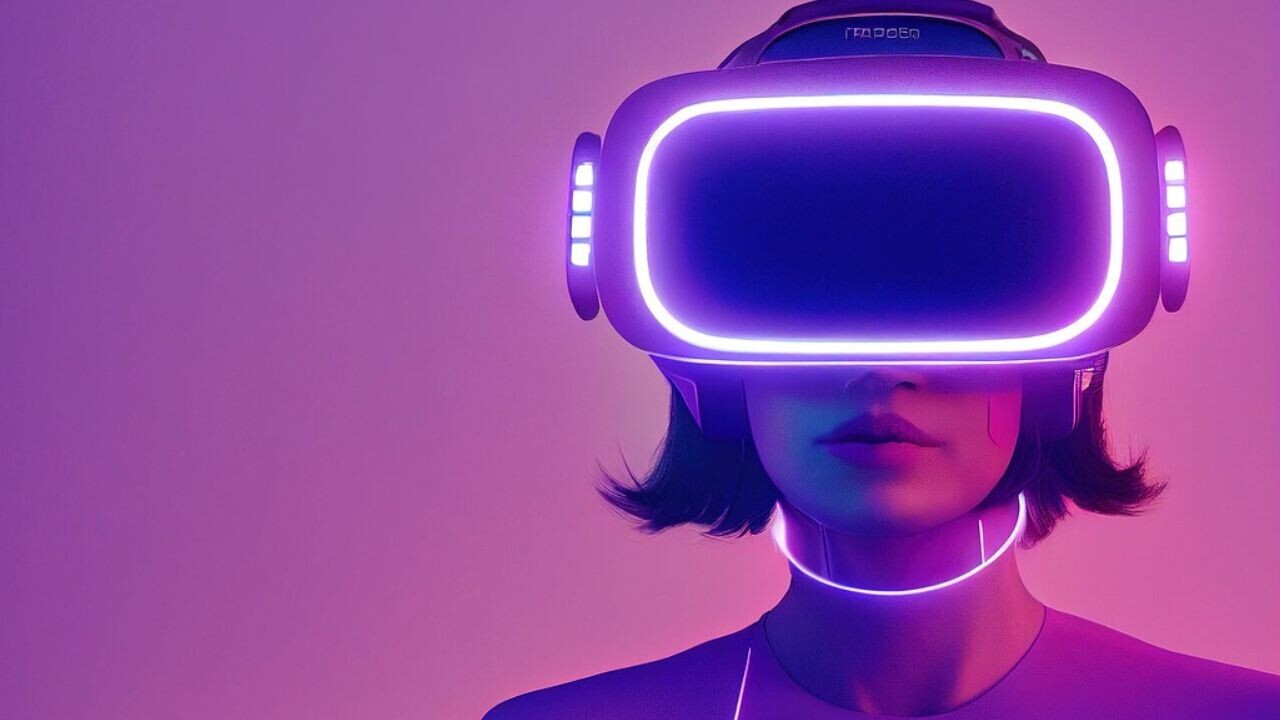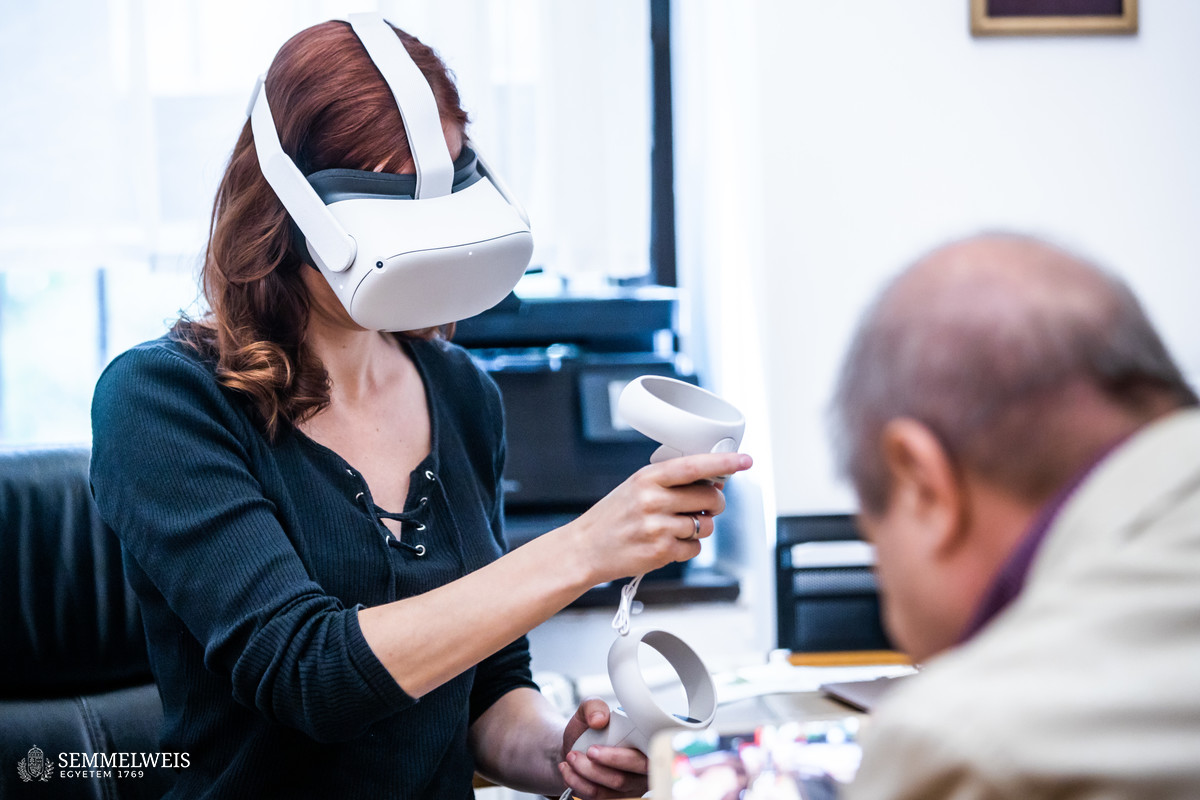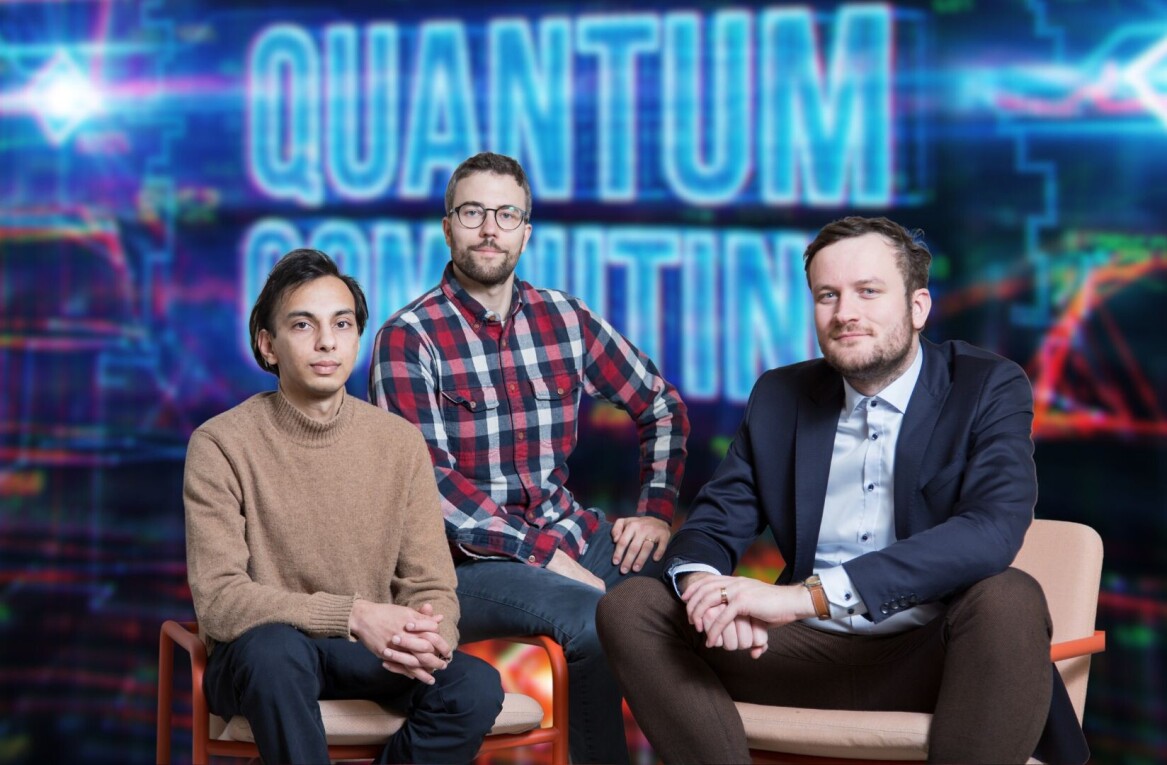
Researchers at Semmelweis University in Budapest have tapped into VR to help the rehabilitation process of schizophrenia patients.
According to WHO, the disease affects approximately 24 million people worldwide and is associated with considerable disability, often impacting all areas of life such as personal, social, and occupational functioning.
The scientists have developed the so-called VR-ToMIS therapy method (short for “Virtual-Reality based Theory of Mind Intervention in Schizophrenia”), which aims to enhance the patient’s mentalisation (Theory of Mind) skills — a fundamental component of human cognition and social interaction.
“Theory of Mind is our ability to interpret the feelings, thoughts, and desires of others. Schizophrenic patients tend to decode these messages incorrectly. They often struggle to understand irony and metaphors, or misunderstand certain gestures. Our method aims to improve these skills,” explained Dr Lajos Simon, head of the university’s Reality and Emotion research group.
How does it work?
VR-ToMIS, developed using the software of British startup vTime, consists of nine sessions in total. It starts with an introductory one to familiarise patients with the technology and basic concepts such as the Theory of Mind. Then follow eight 50-minute-long intervention sessions.
In the first step, patients wear VR glasses and become immersed in everyday situations that range from a walk on the beach or a blind date, to moving in with a roommate or meeting a new colleague. In all simulated scenarios, patients interact with an avatar controlled by a therapist. To uncover mentalisation deficits during the interaction, therapists use multiple linguistic tools, including metaphors, irony, humour, and double meaning sentences.

After this simulation is over, patients participate in a second interactive exercise with another novel VR device, the temporal disc controller. They are shown a 3D face on a screen and they’re asked to infer the right emotions it displays by moving a mouse around it.
“This is a very useful task because patients can display these emotions even if they don’t have the vocabulary to do so due to their illness,” Dr. Edit Vass, assistant lecturer at the Department of Psychiatry and Psychotherapy and co-developer of the VR therapy, told TNW.
The two simulations are followed by analytical discussion between the therapist and the patient. This process identifies any changes in behaviour that are needed to help make the patient more adaptive to the situations they practised on.
“Before we suggest practising these modified behavioural techniques as homework between the sessions, we offer patients the chance to repeat the simulations so they can see how the change of their behaviour can affect their emotions and thoughts about the situation,” Vass added.
She believes that the therapy’s overall “iterative approach” contributes significantly to its success.
Promising results
The testing phase of the VR-ToMIS method concluded in 2022, involving 43 patients. The researchers observed significant improvements in both the cognitive and negative symptoms of the participants. These include coherent thinking, social cognitive deficit, Theory of Mind, emotional bluntness, decreasing facial expressions, and apathy.

The patients’ feedback was also very positive. 93.3% of the participants found the method entertaining and 78% considered it an important part of their rehabilitation.
Meanwhile, 77.3% tried to apply the learned skills in real life situations, with 93.3% of them reporting subjective improvement in their communication skills, even if they didn’t practise to a high extent. On the other hand, 26.7% of the patients found the temporal disc controller task a challenging part of the intervention and 13.4% considered it cumbersome.
According to Vass, another crucial part of the method’s success was the “outstanding rate of patient compliance.”
“Compliance is the biggest obstacle to recovery in schizophrenia,” she told TNW. “In our therapy there were no dropouts, so I think that VR might have a non-specific motivational effect. Of course, the therapist’s approach might be another important factor as well.”
Vass noted that, although a direct link between VR and motivation isn’t supported by studies yet, “the main contributor would be the balance between the empathetic attitude of the therapist and the fact that this novel technology is very exciting for the patients.”
Semmelweis University has already obtained the Hungarian industrial trademark for VR-ToMIS, with plans to secure an international trademark within two years. The next step is training professionals in the field to use the method, initially in Hungary.
Get the TNW newsletter
Get the most important tech news in your inbox each week.




